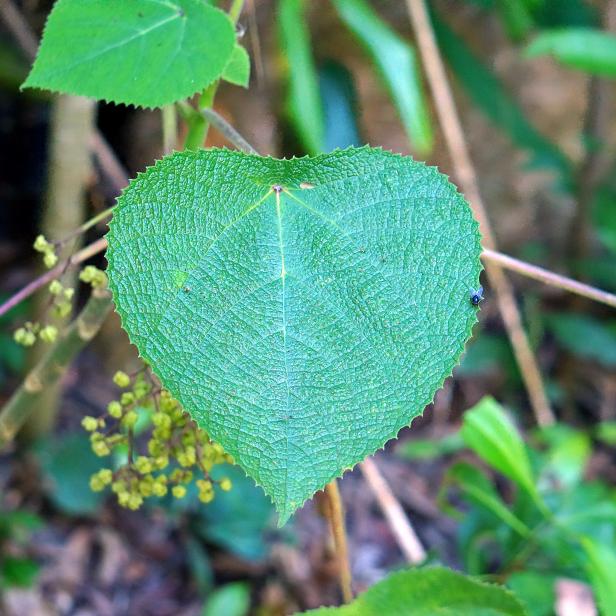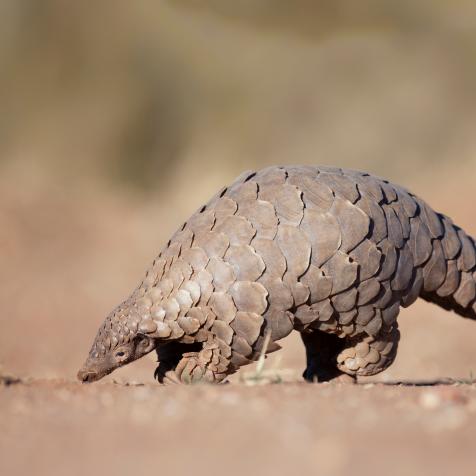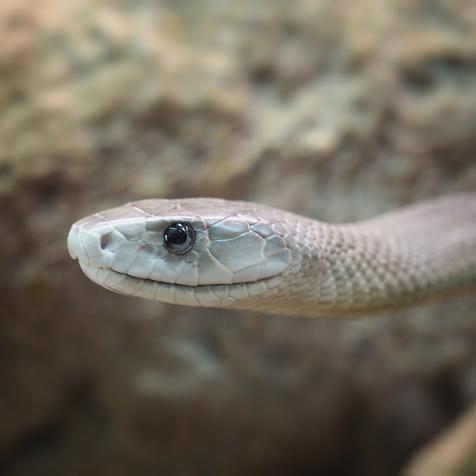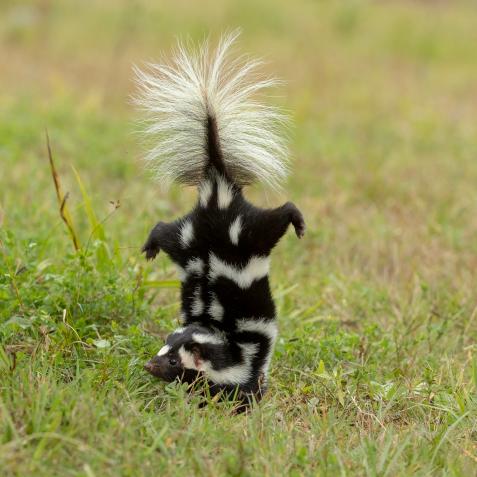
Getty Images/Mangiwau
The "Suicide Plant" Has the Most Painful Stingers in the World
This unforgiving plant will make you feel pain for years.
Sometimes you just want to be left alone. Maybe you snap at friends or family members in a fit of anger. Maybe you need to go off to enjoy some solitude in the woods. Maybe you need to coat yourself in stinging nettles so powerful that anyone who touches you will immediately vomit and might feel that pain for years. If that last one sounds appealing, you might just be the gympie gympie. No wonder it's nicknamed the "suicide plant."
Hot Acid and Electrocution
"Like being burned by hot acid and electrocuted at the same time." That's botanist Marina Hurley on what it feels like to touch the gympie gympie. Not that you have to touch it. An extremely fine fuzz of poisonous needles coats the entire plant, and better yet, the things shed like a cat in the summertime. So it's disturbingly easy to get stung just by standing near them.
There's no shortage of horror stories about the gympie gympie. One ex-serviceman, Cyril Bromley, fell into one of the plants during WWII training exercises, and he ended up strapped to a hospital bed, "as mad as a cut snake." Bromley also told a story of an officer who unknowingly used a leaf as toilet paper. He ended up shooting himself. Botanist Ernie Rider was whacked in the face, arm, and chest in 1963, and it wasn't until 1965 that he was finally free of the pain.
If you're stung by the plant, you can't just pluck the needles out with tweezers. They're too fine and too dense — one of the best solutions is to rip them all out at once with hot wax, like the world's worst Brazilian. But be careful. If any of the hundreds of stingers stuck in your skin breaks off, you're in for years of pain. Researchers have even reported being stung by dried leaves stored away for a century.
Hurley's three years in the Australian rainforest (which she spent in heavy protective clothing and welding gloves) ended in hospitalization, a severe allergic reaction, and a medical recommendation to never come into contact with the plant again. She was happy to oblige. But before she swore off the gympie gympie for good, she was able to detail exactly how the plant worked — and how some animals can get away with eating them.
A Bite that Bites Back
Believe it or not, the gympie gympie actually produces fruit. Obviously, the fruit is covered in the tiny stingers too. But the whole point of fruit is to attract animals to eat it ... and everything else about the suicide plant says "STAY AWAY."
Unless you're a red-legged pademelon. In her research, Hurley would sometimes come across a gympie that had been consumed by something. Sometimes, they'd been gnawed by insects that were small enough to avoid the hairs. But other times, the leaves bore unmistakeable bite marks from something much larger. So she set up a trap with the leaves wedged beneath a heavy stone, and that's how she discovered the culprit. Pademelons had, apparently, developed an immunity to the stinging hairs, and made a hearty meal from the nutritious leaves.
The more she looked into it, the more she realized that the gympie wasn't universally abhorred. In fact, it seemed like indigenous Australian birds, bugs, and mammals had almost no issue at all with it, while newcomers such as humans, horses, and dogs experienced the worst of the poison. The lesson? If you're exploring the rainforest of eastern Australia, do so very carefully — or at least from inside the safety of a kangaroo's pouch.
This article first appeared on Curiosity.com.


















